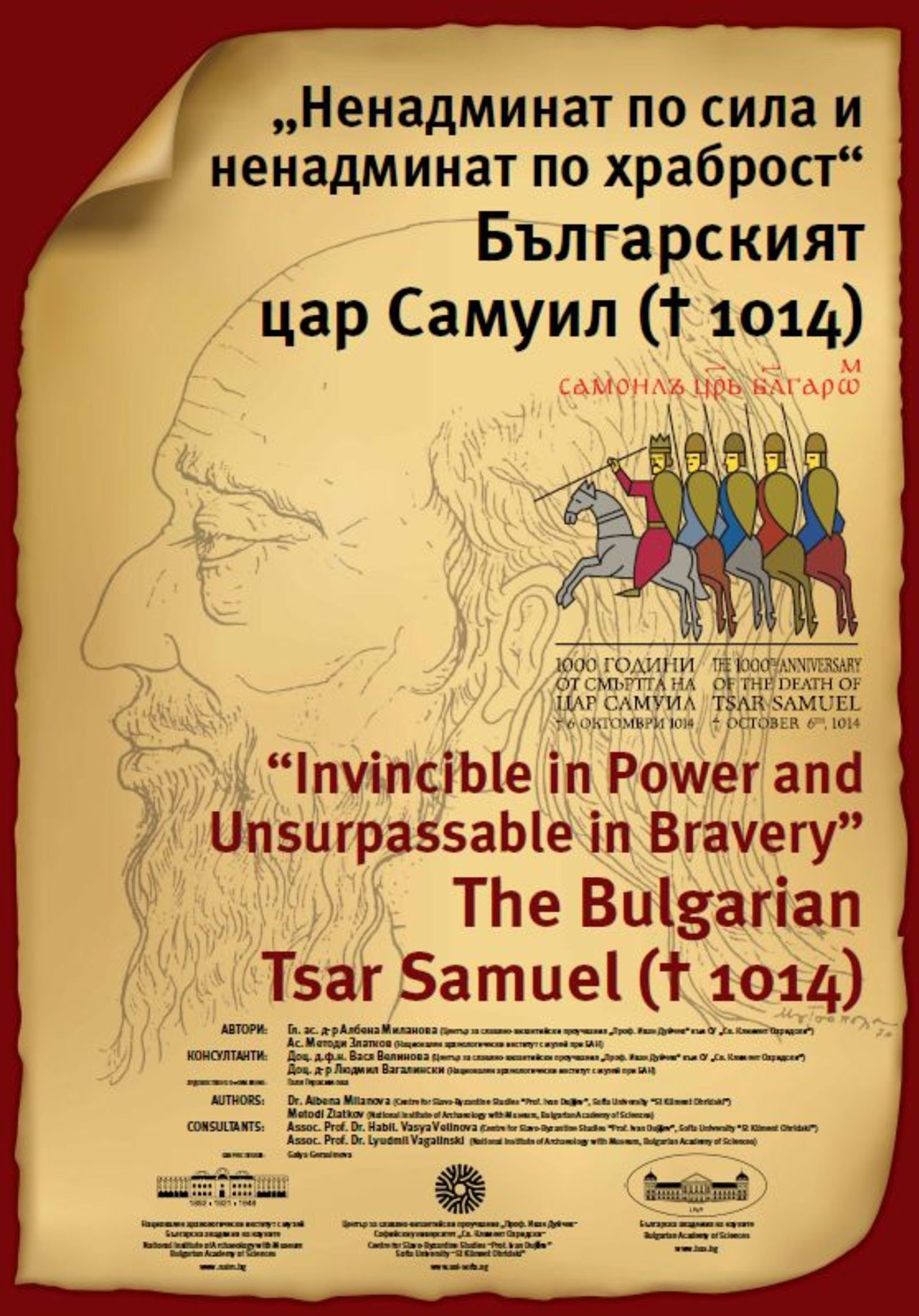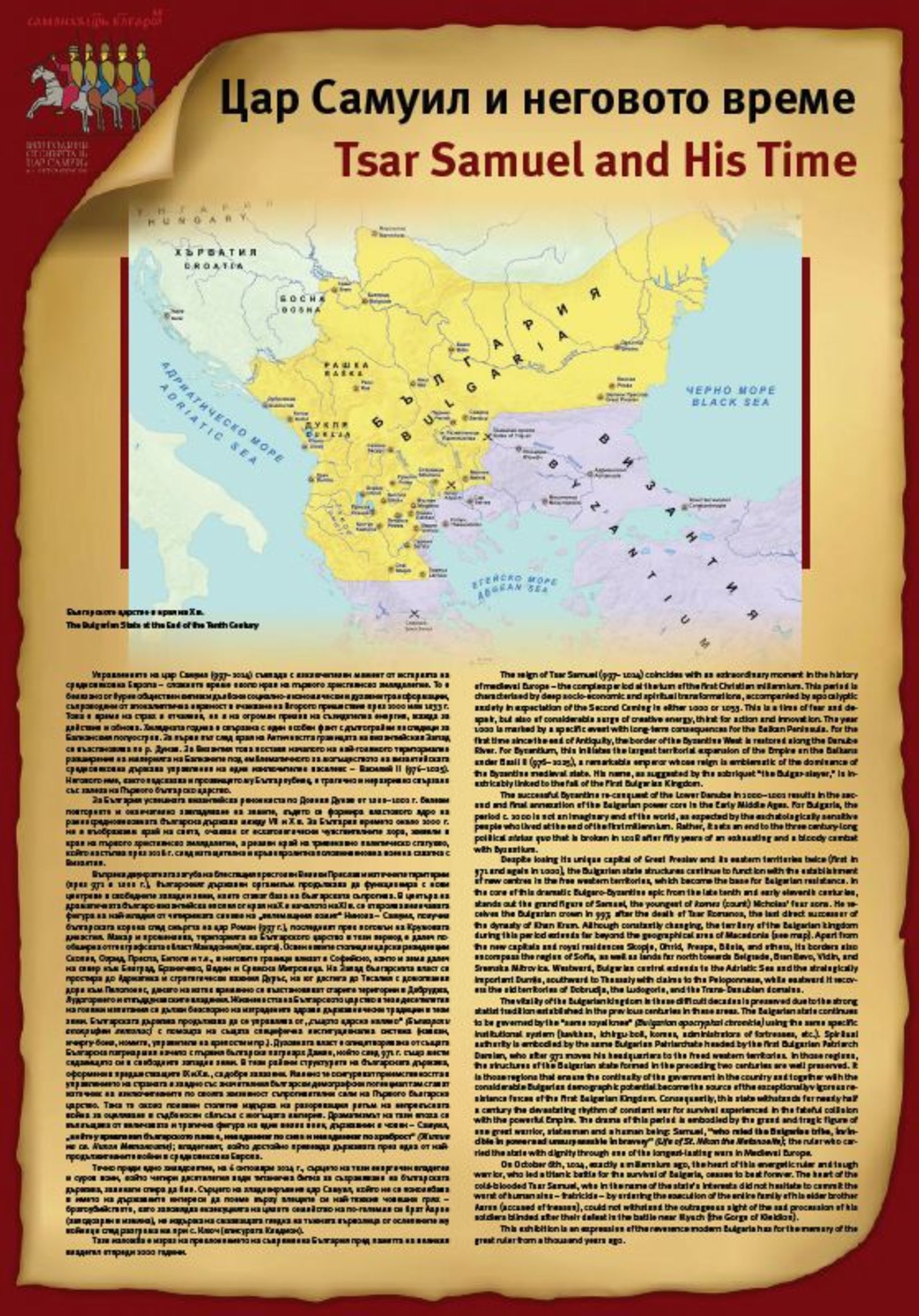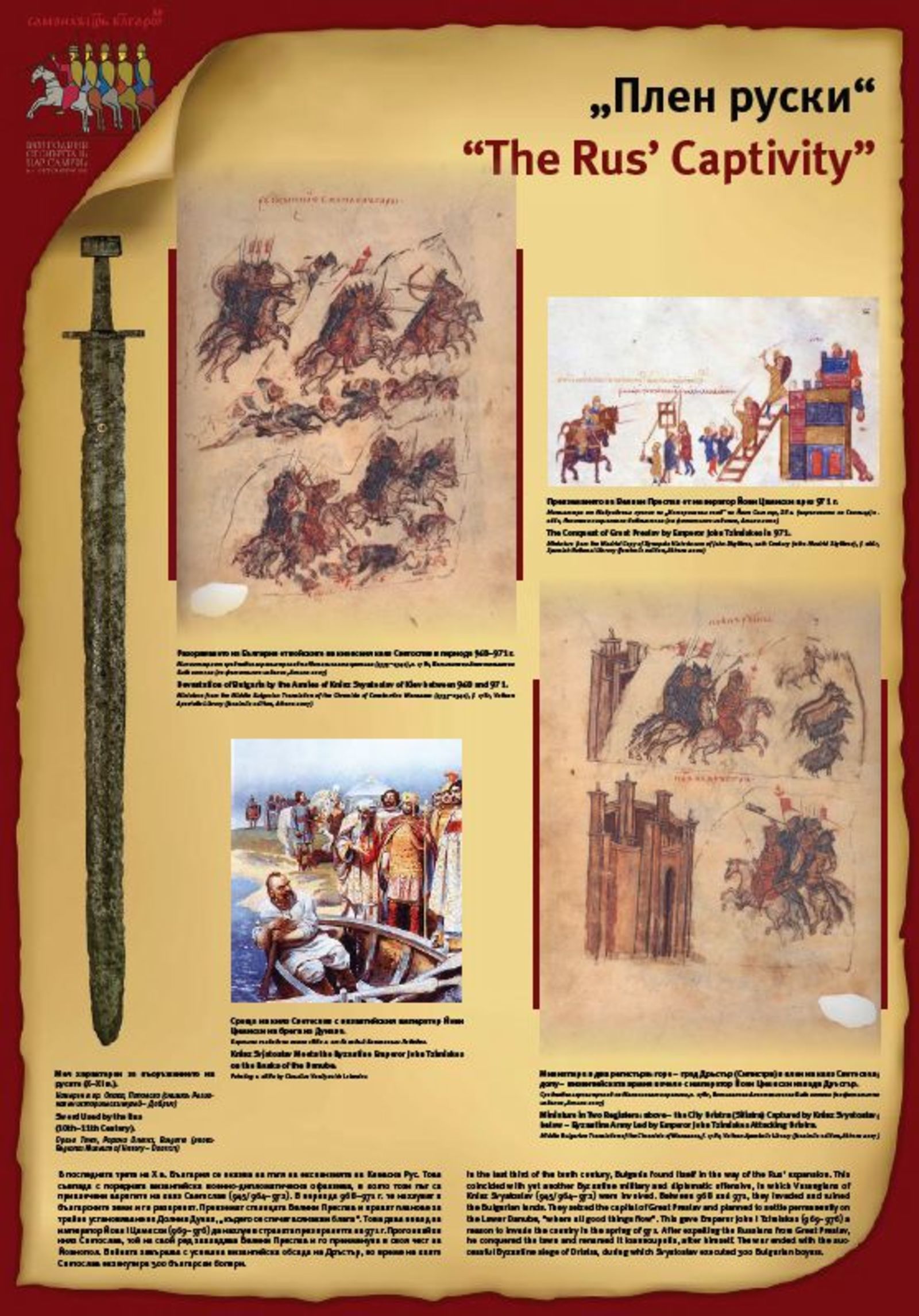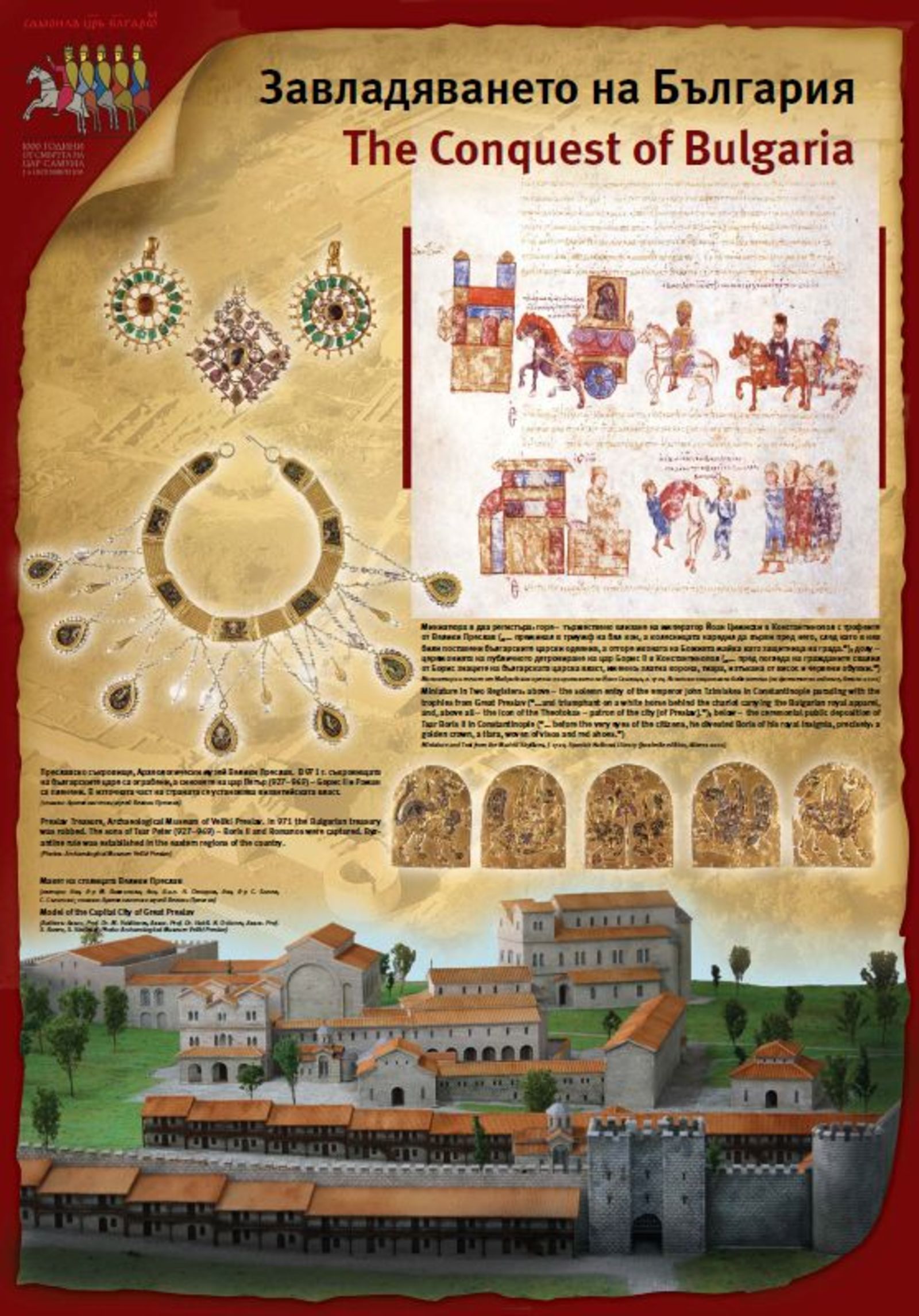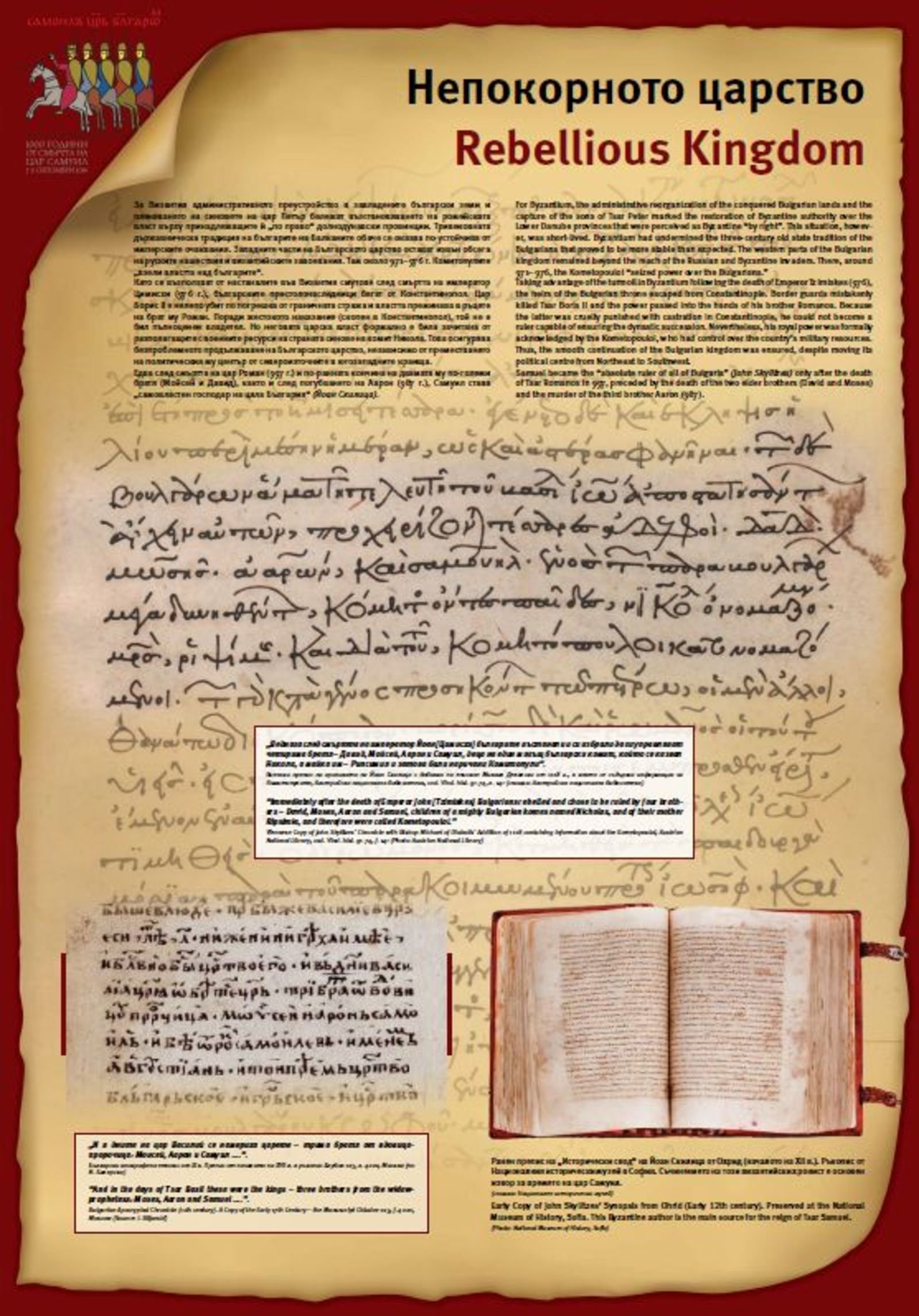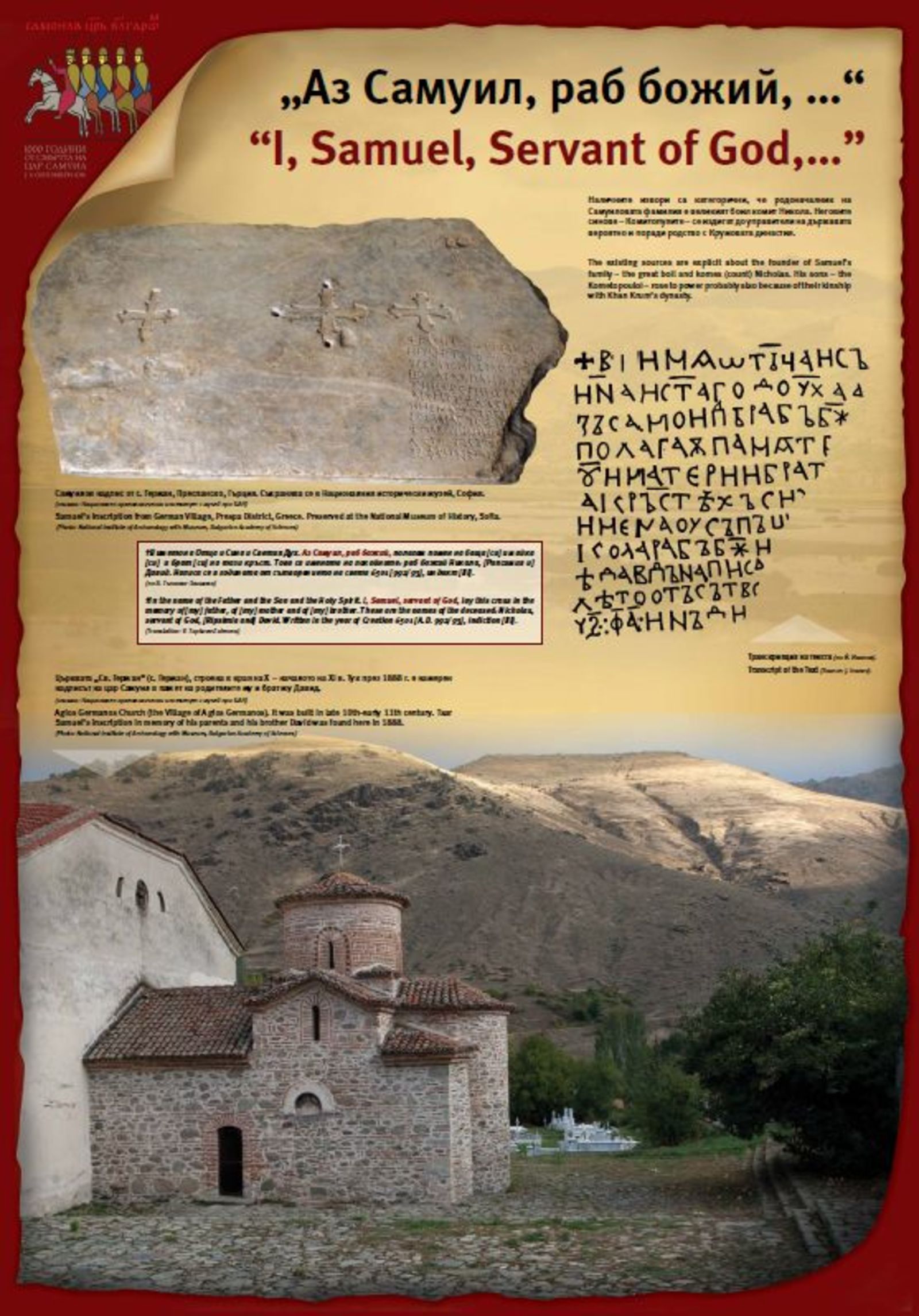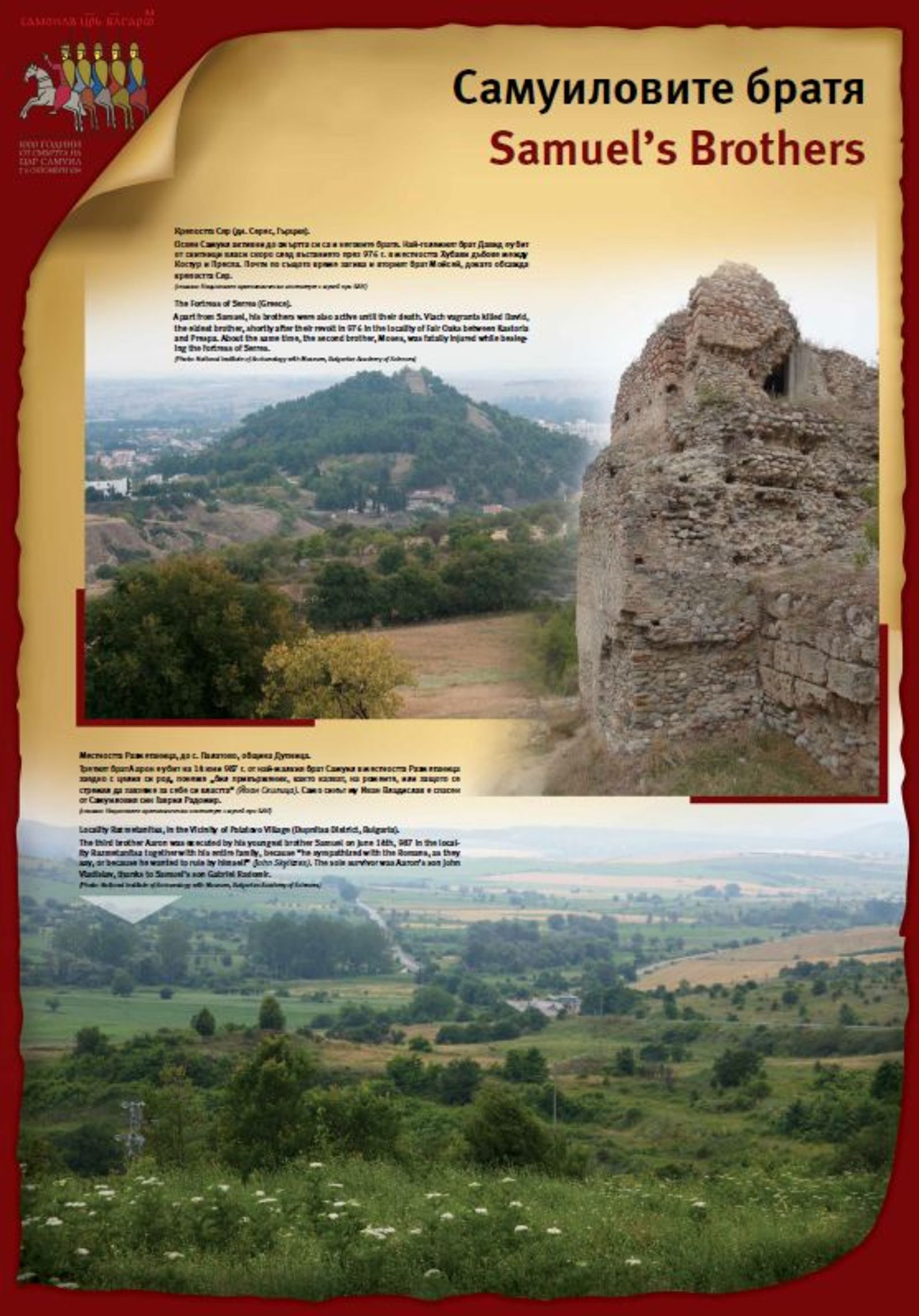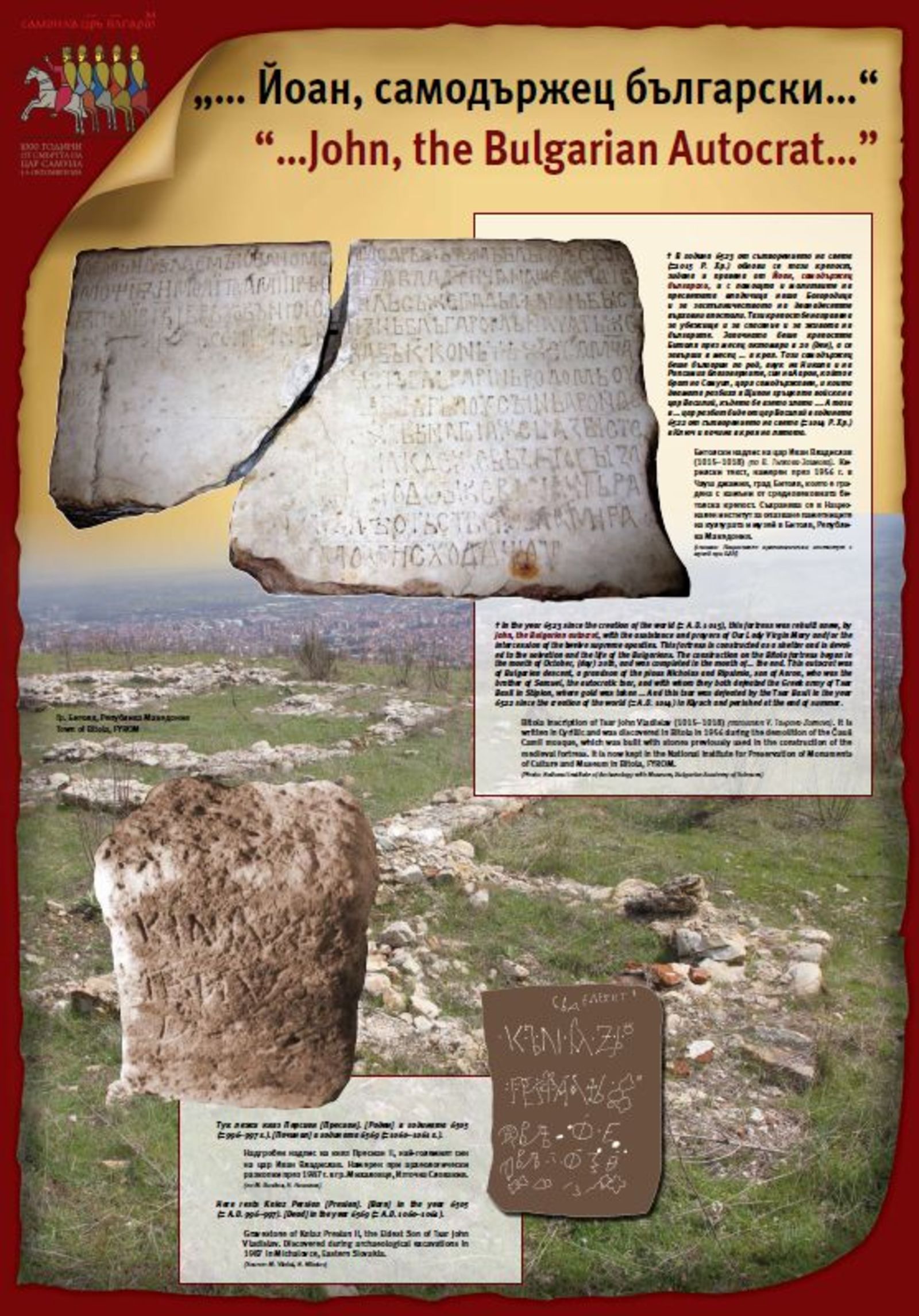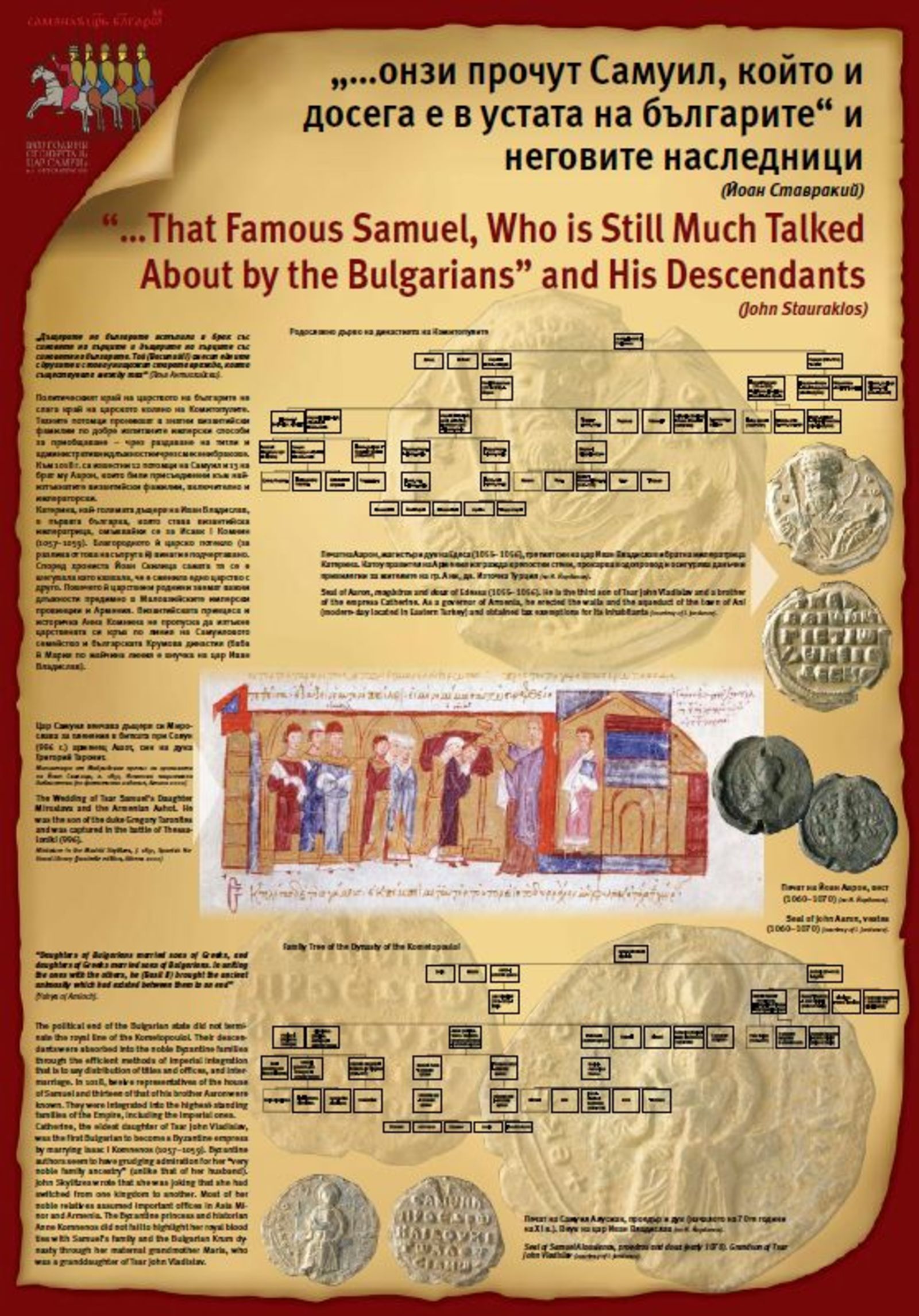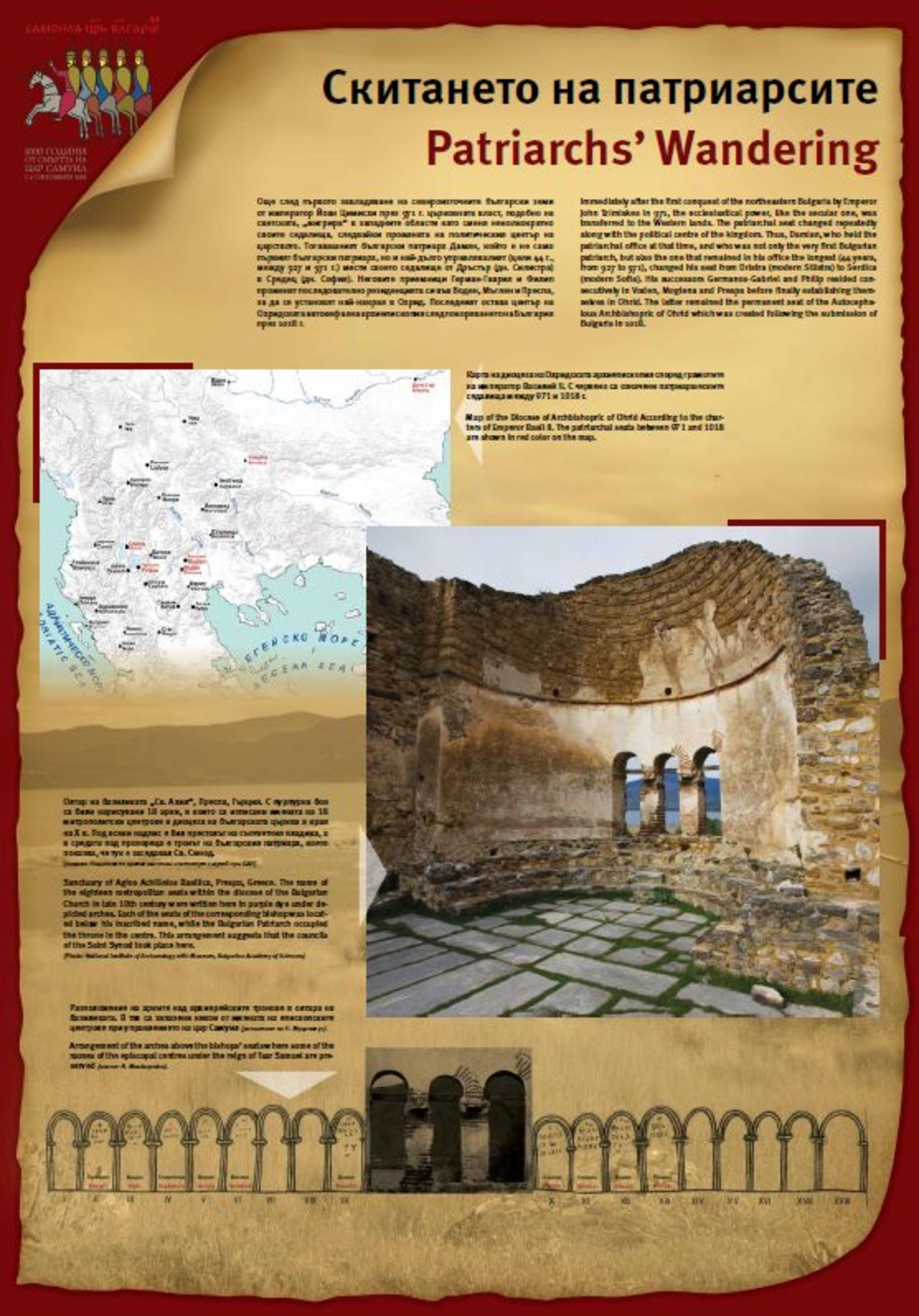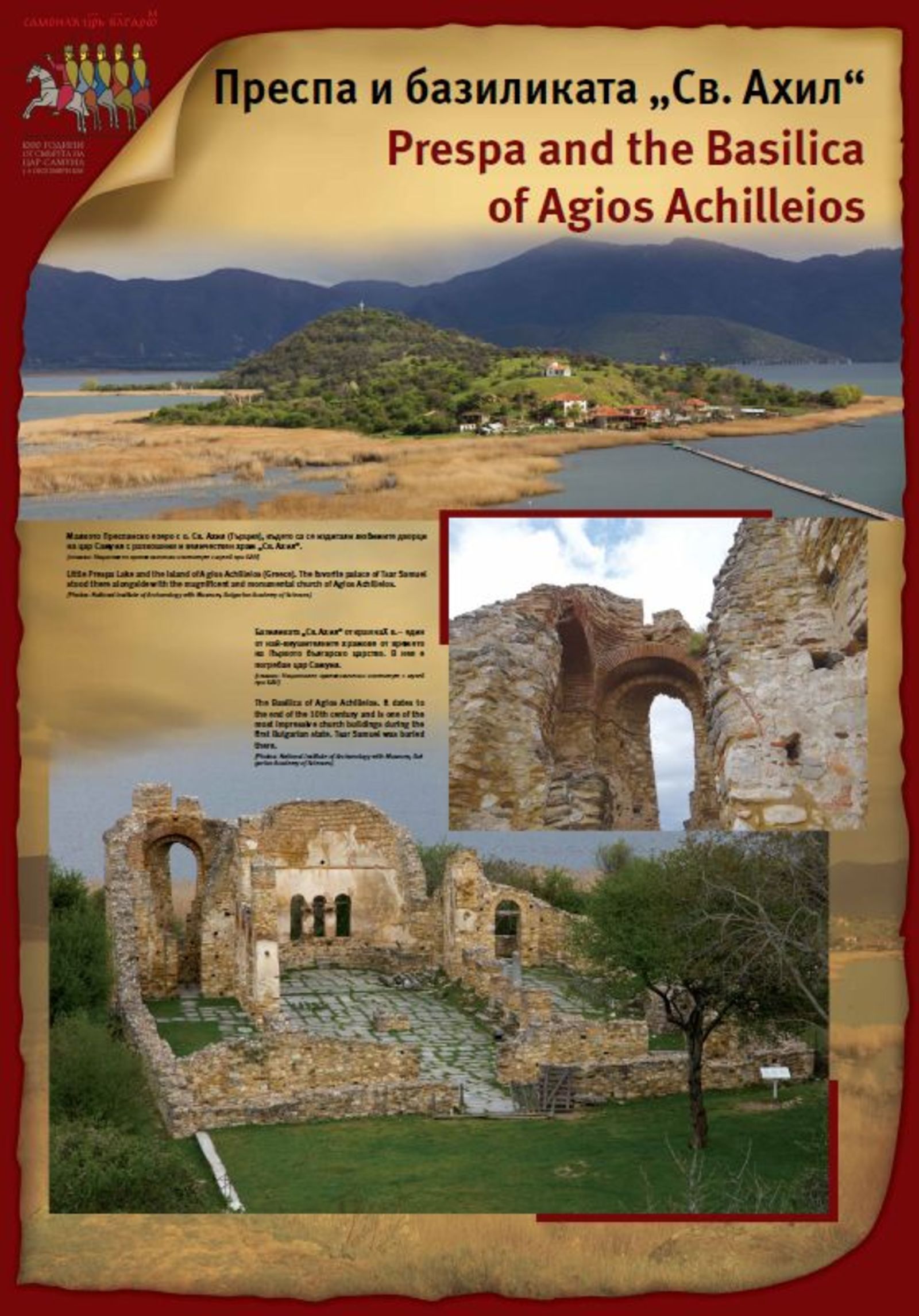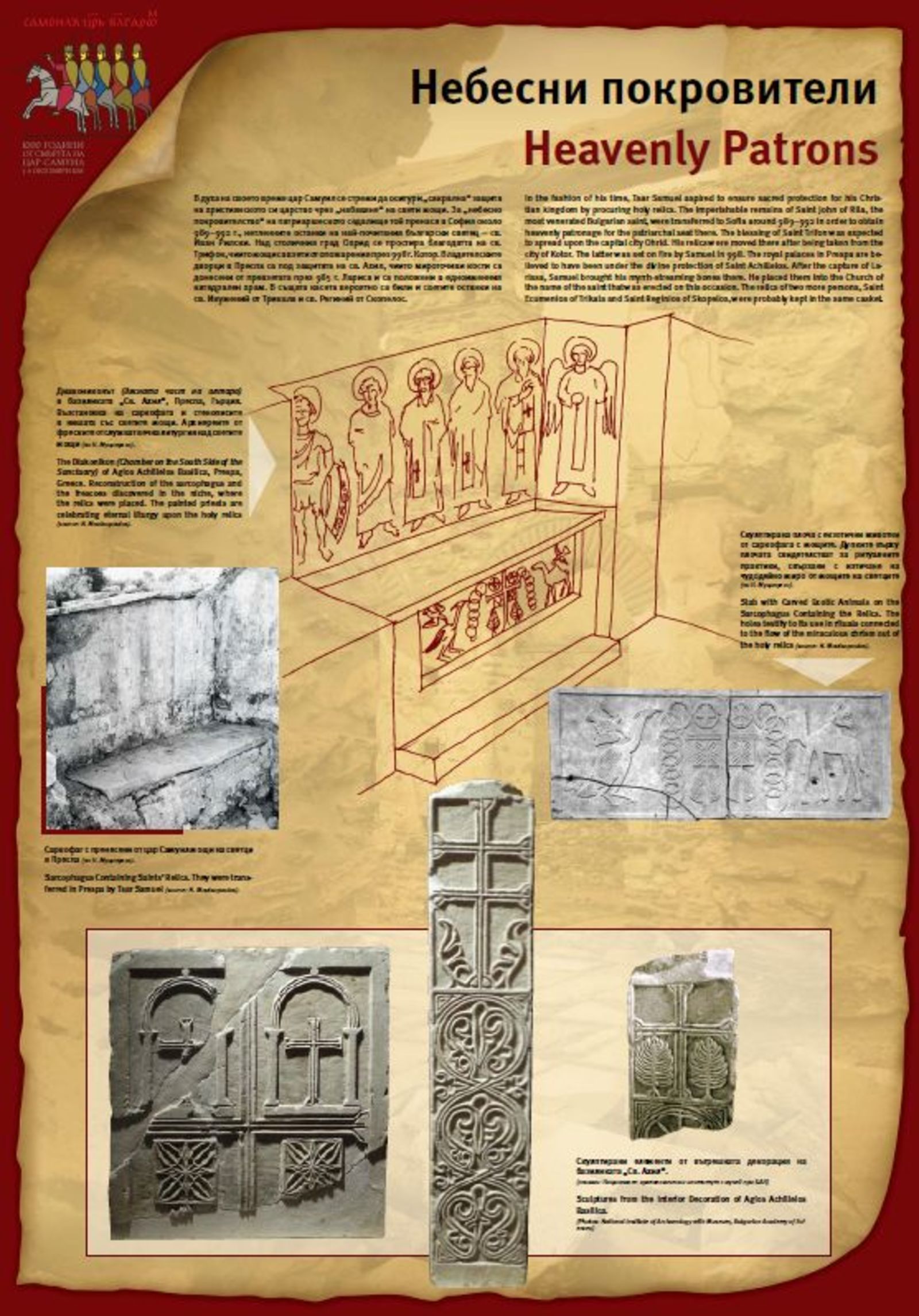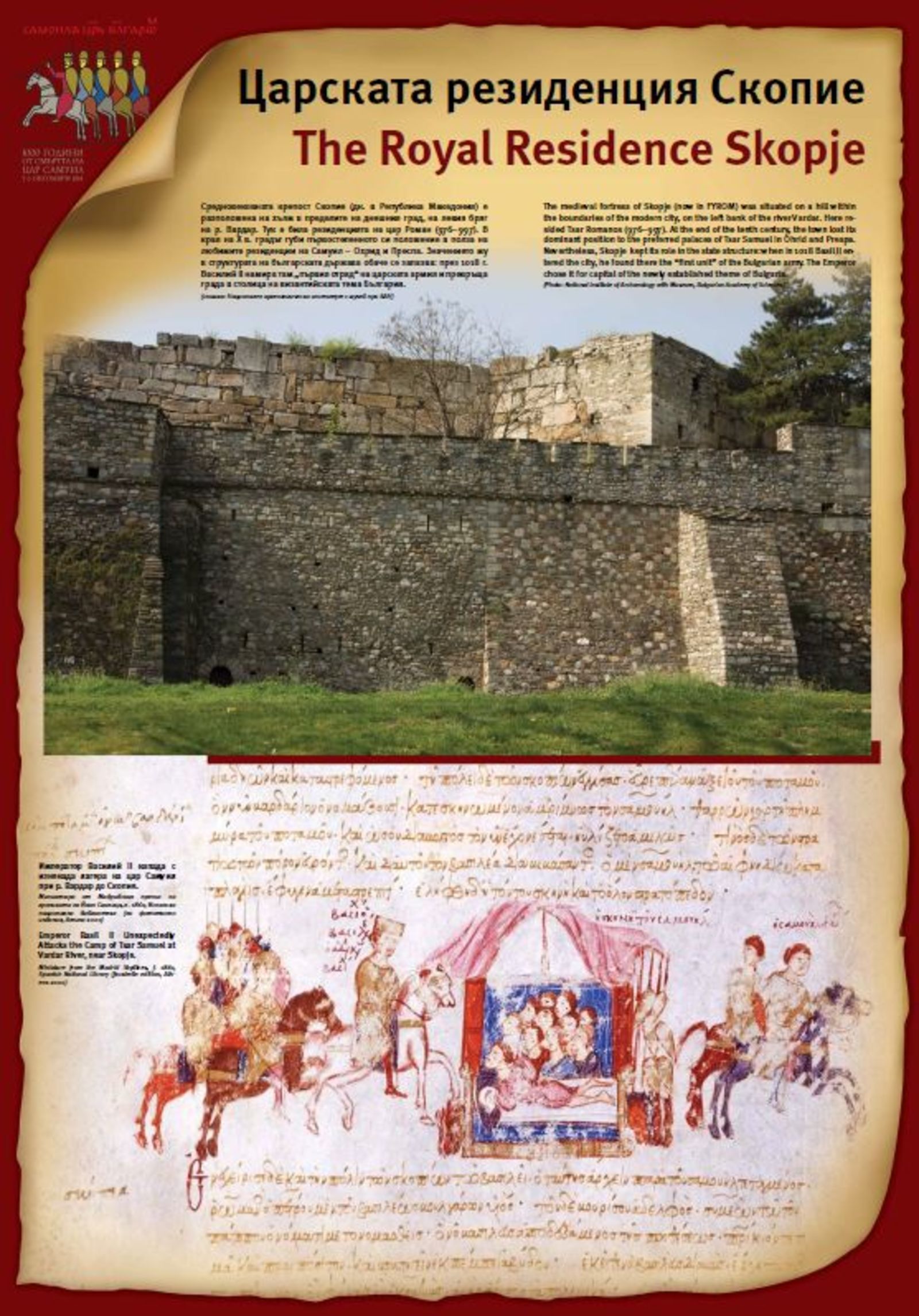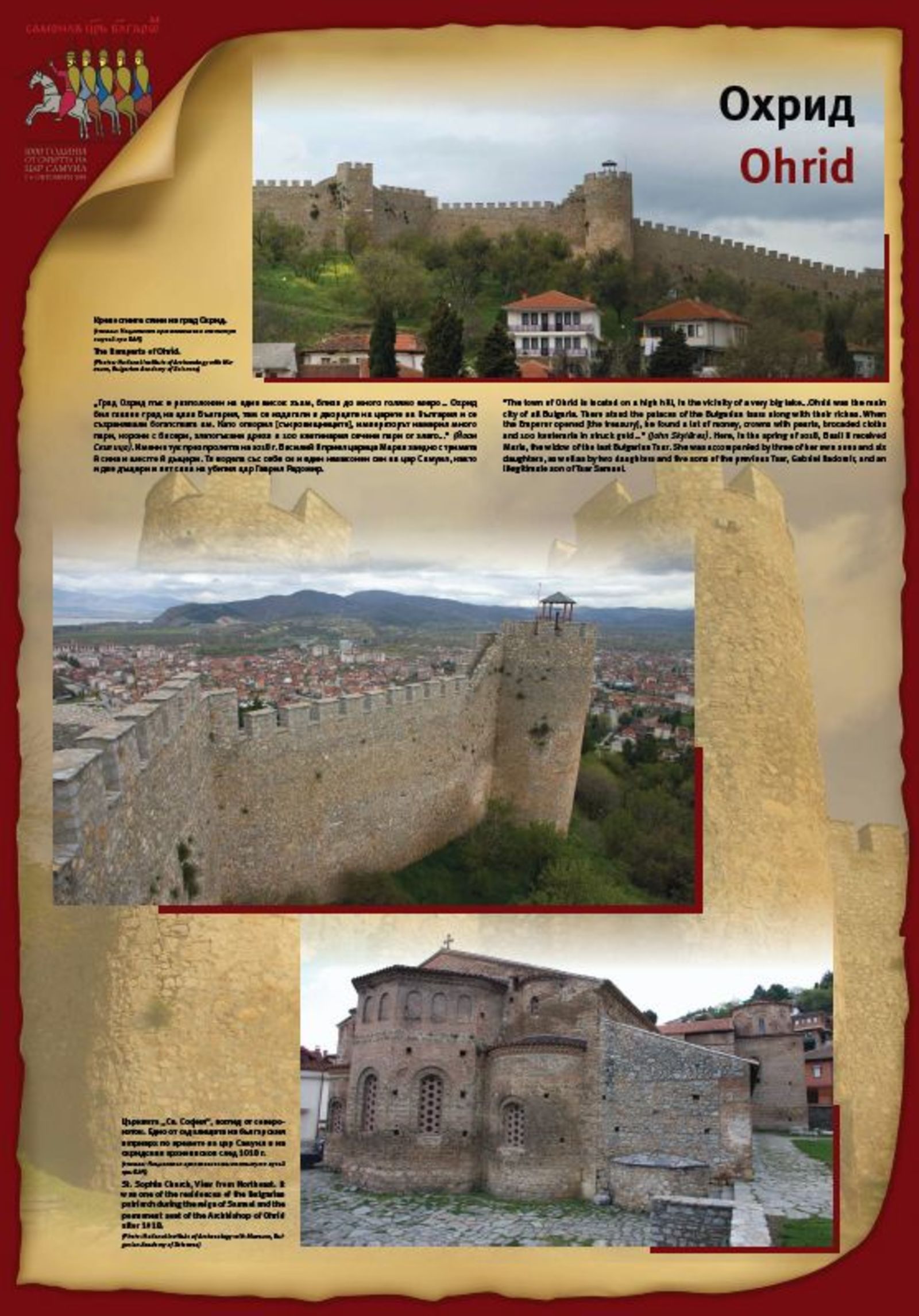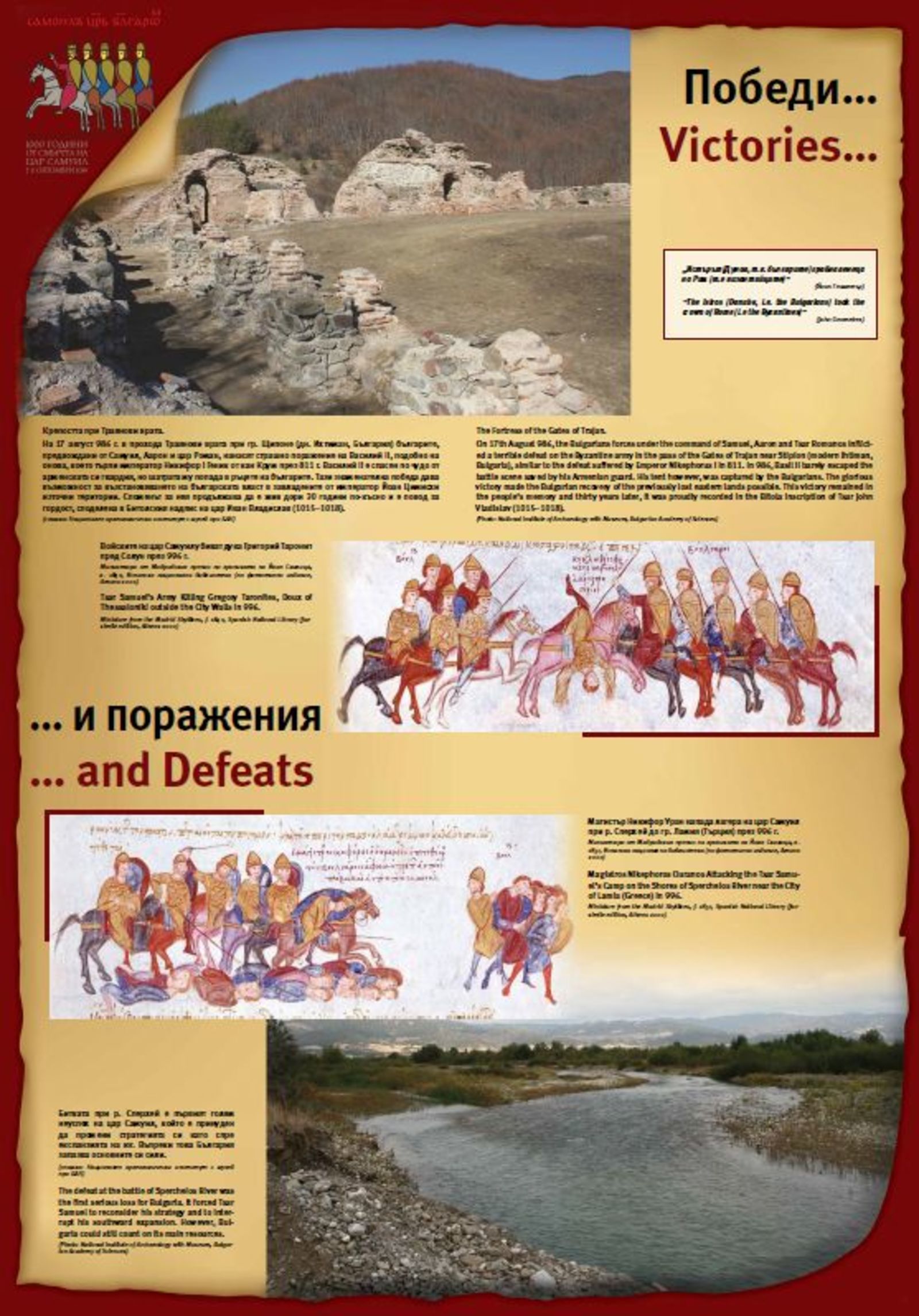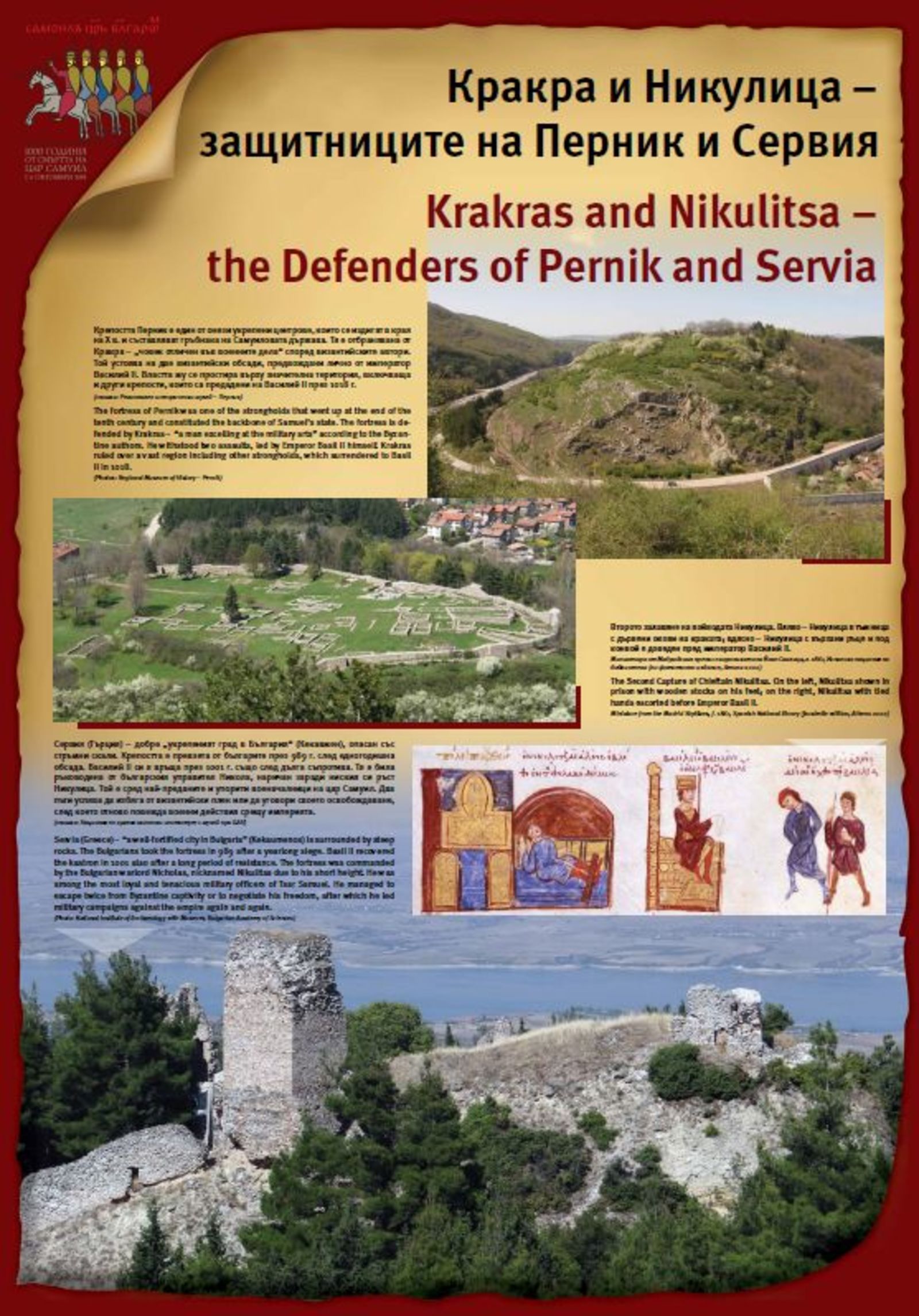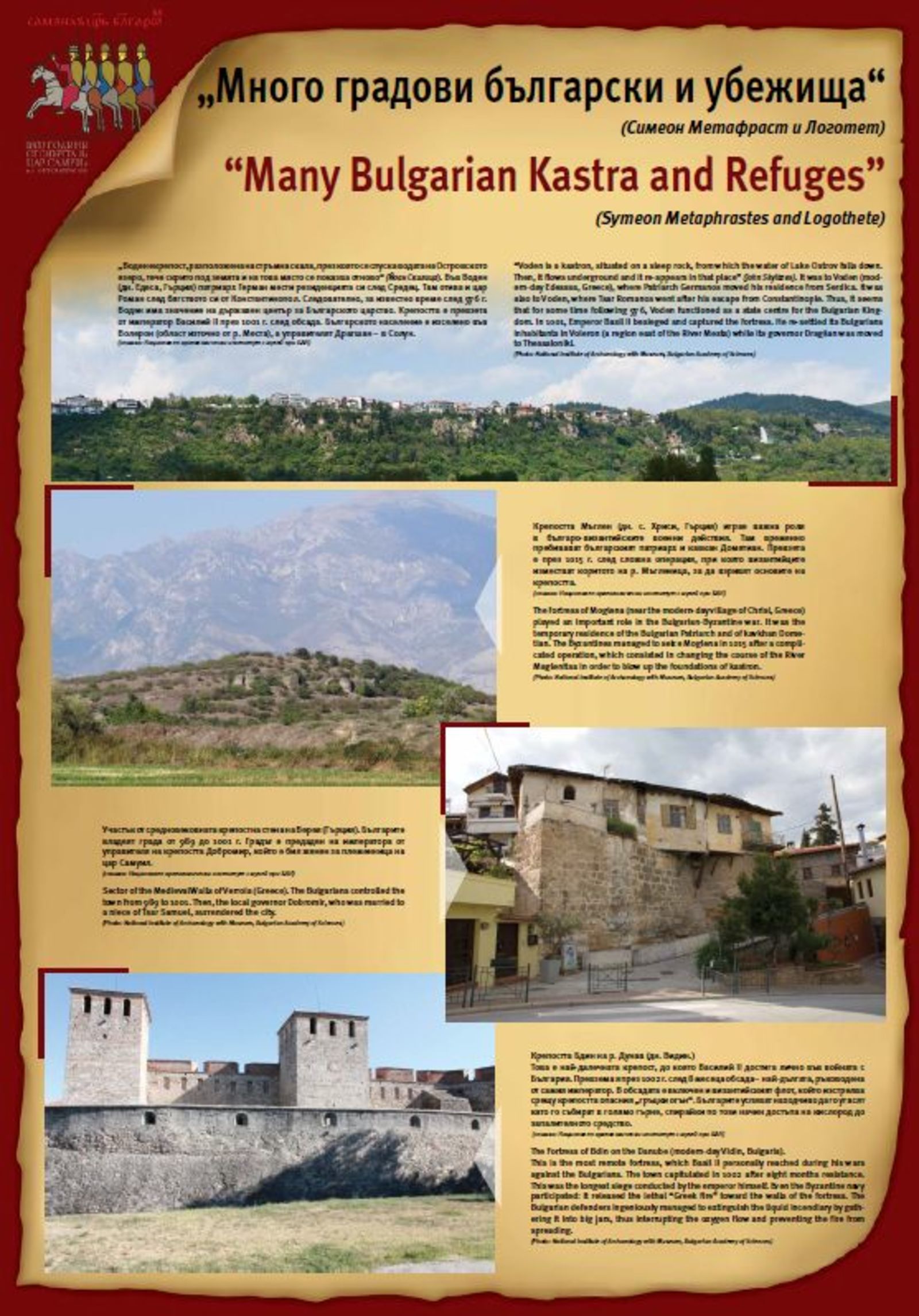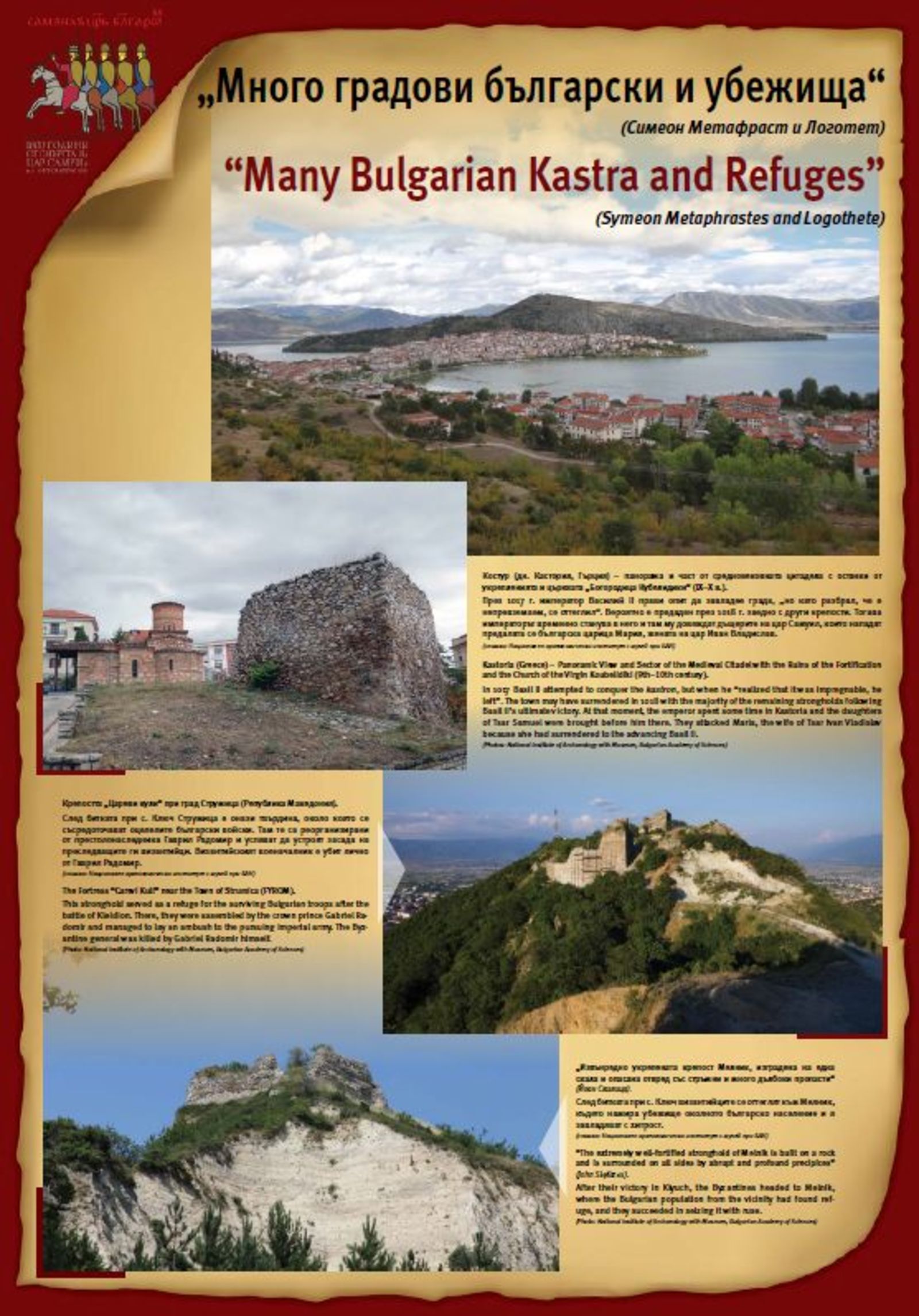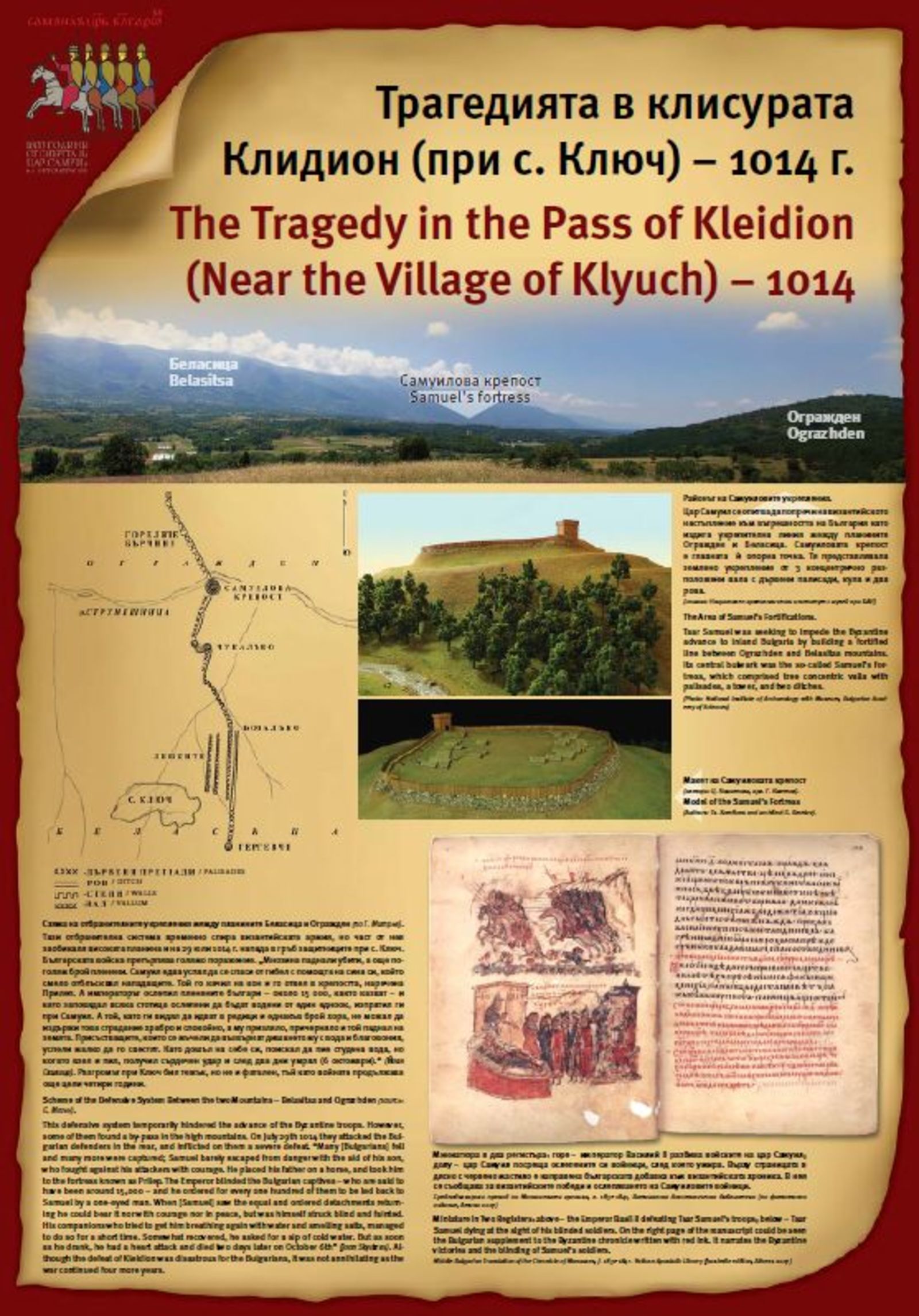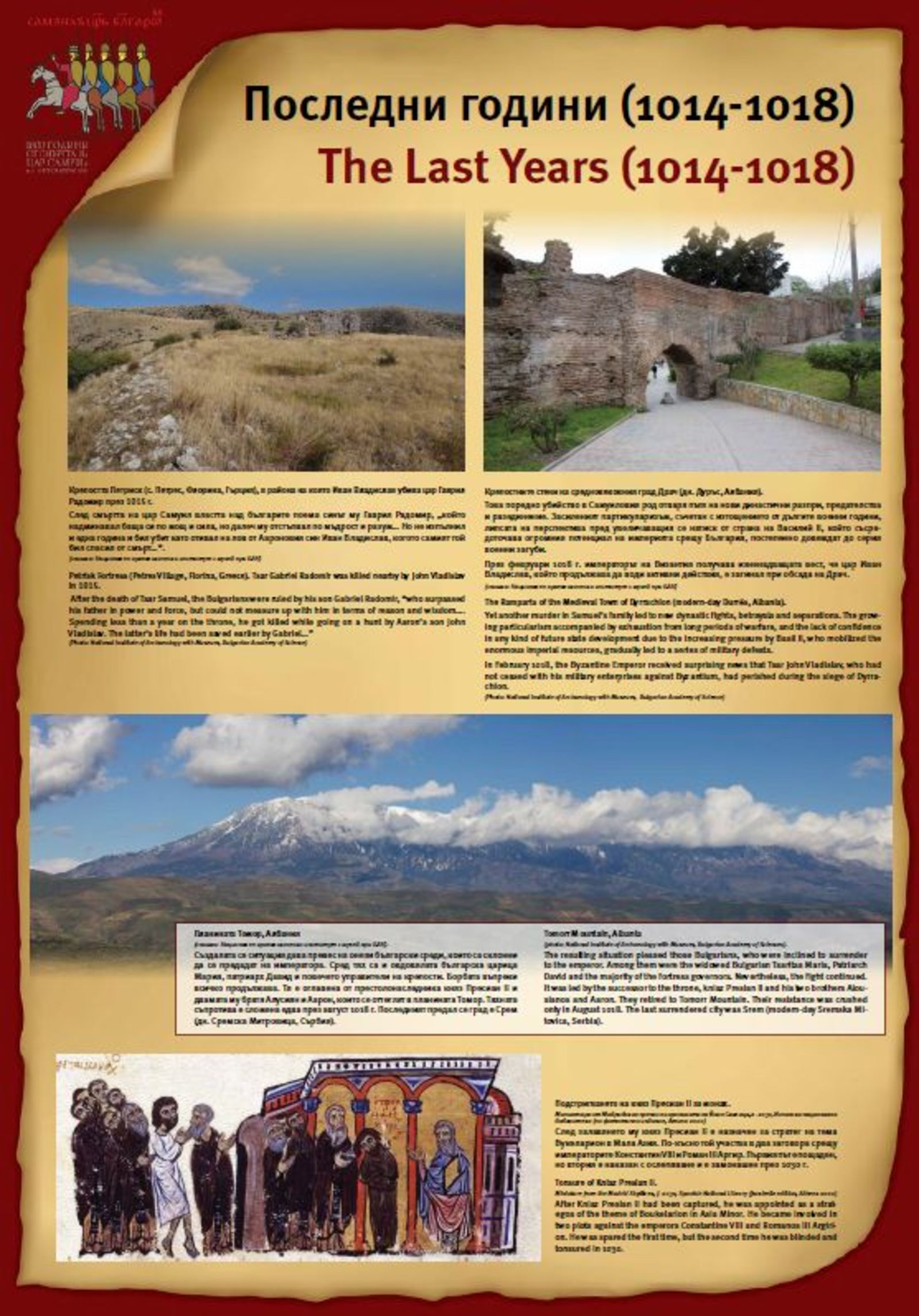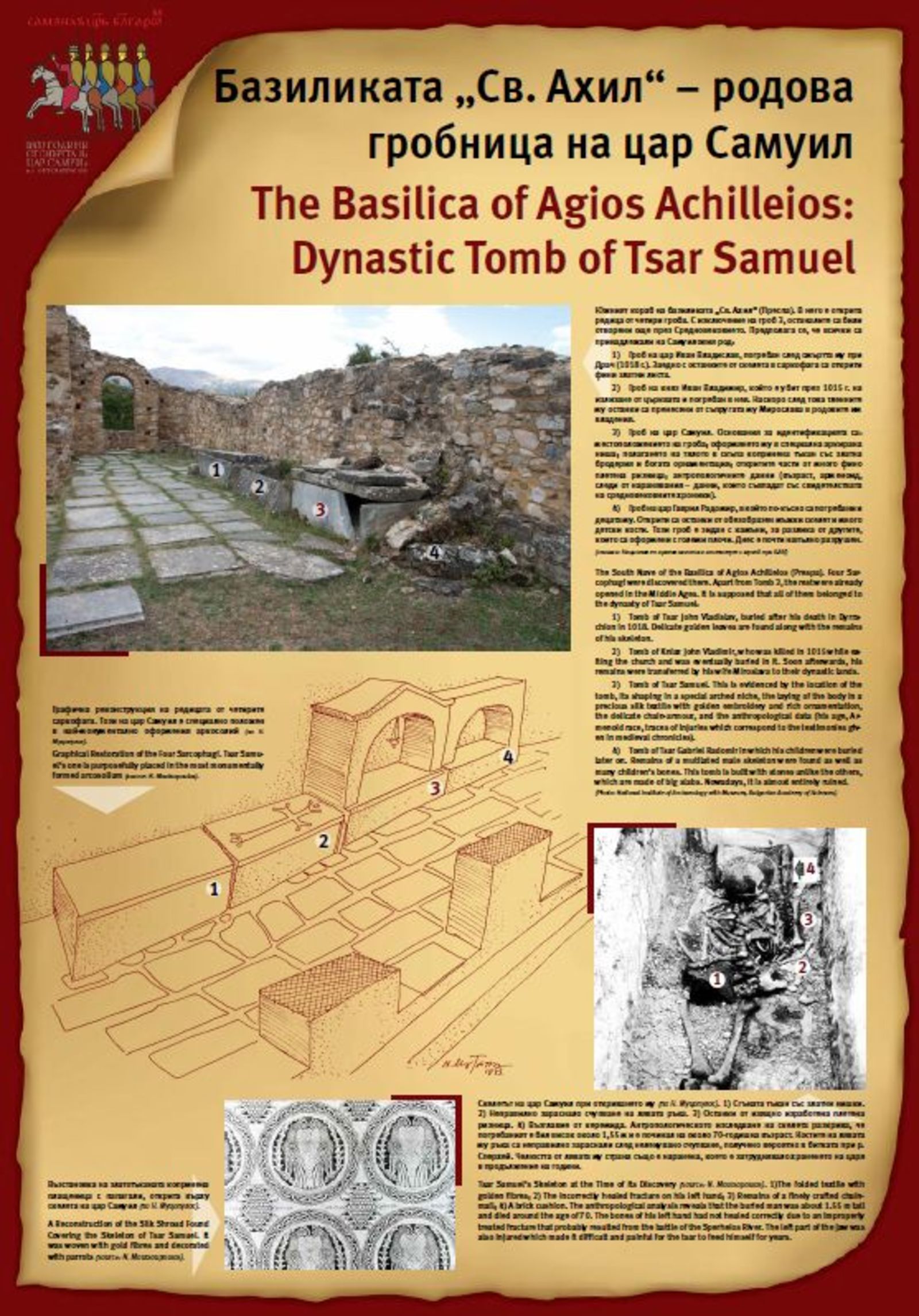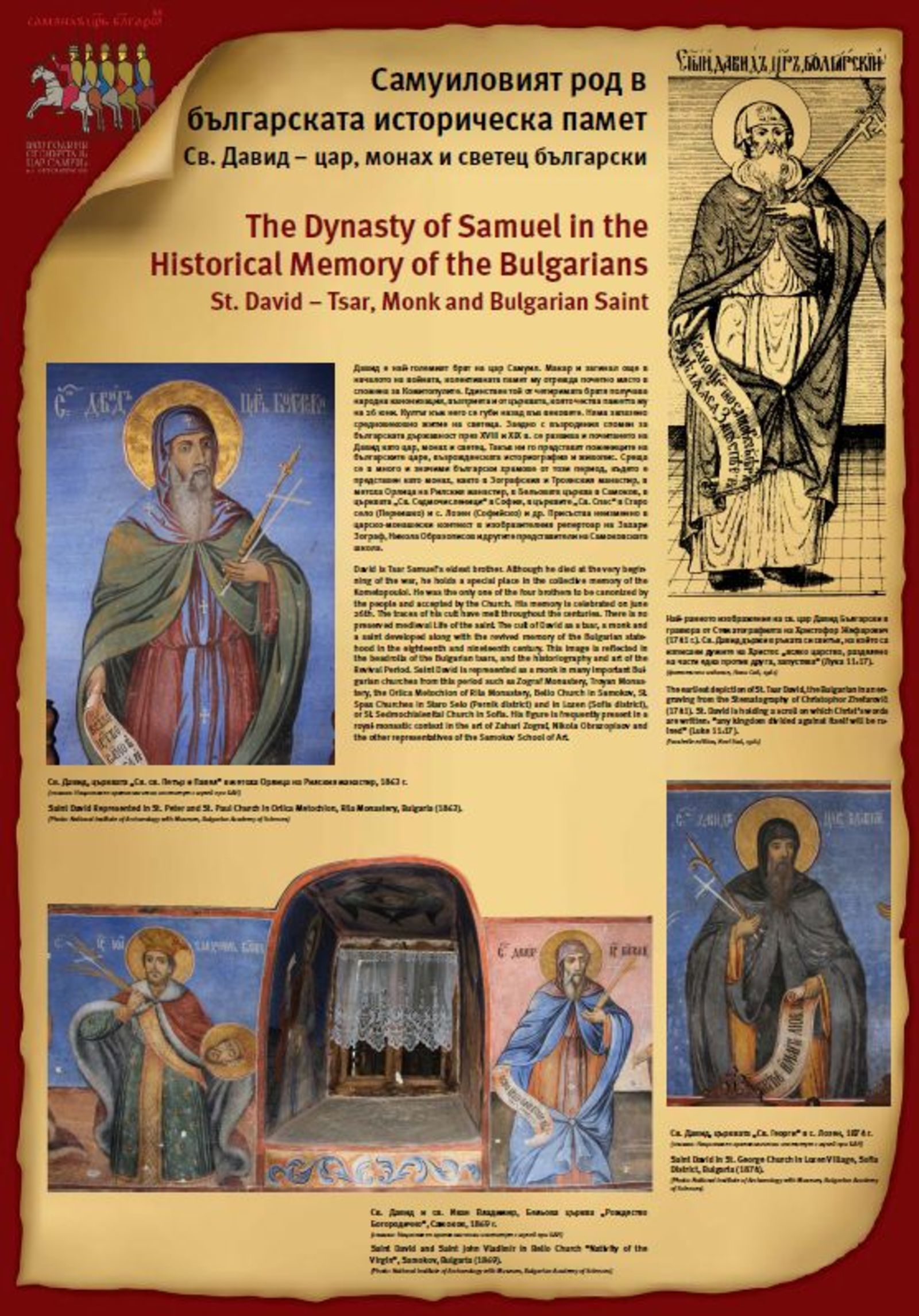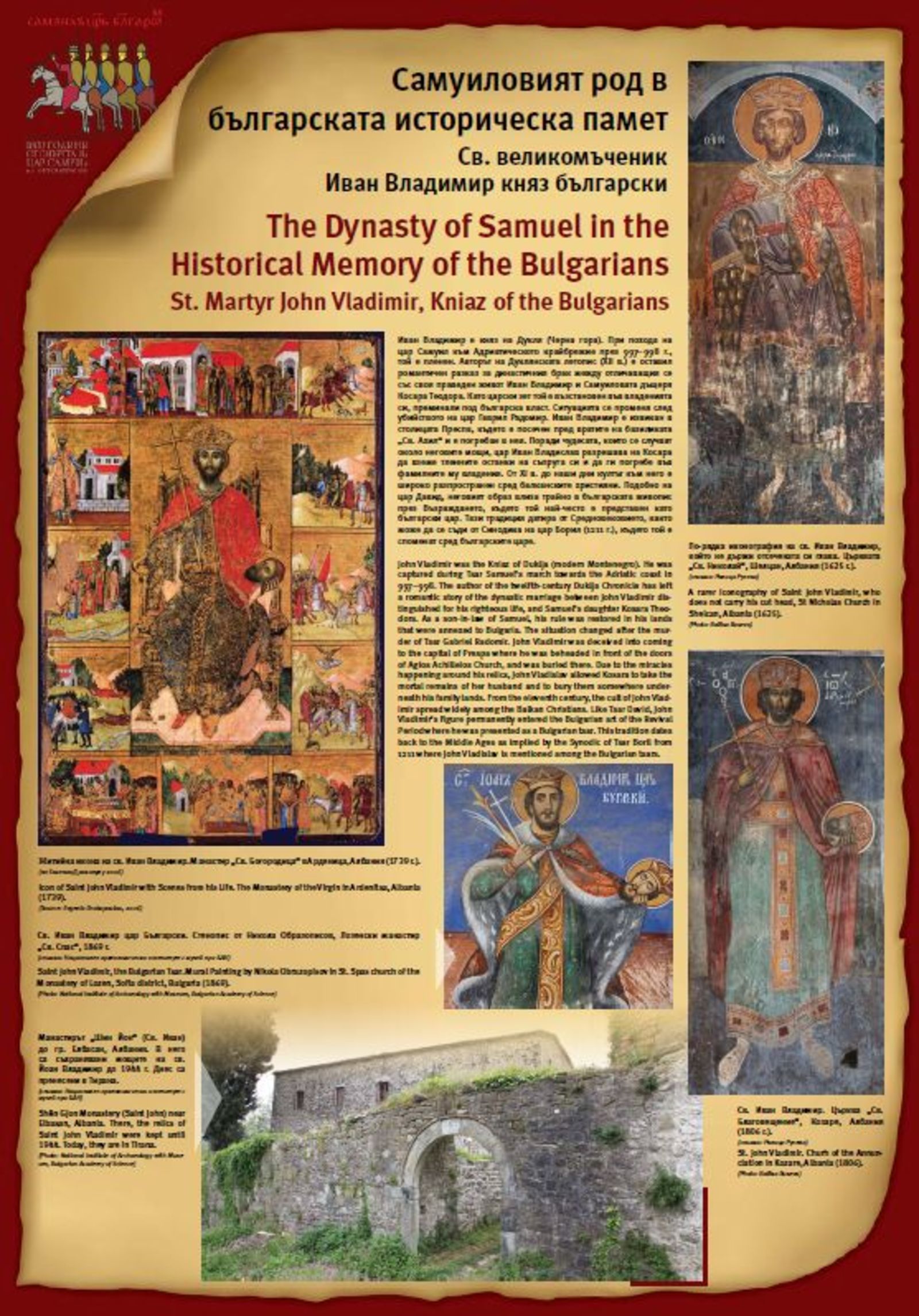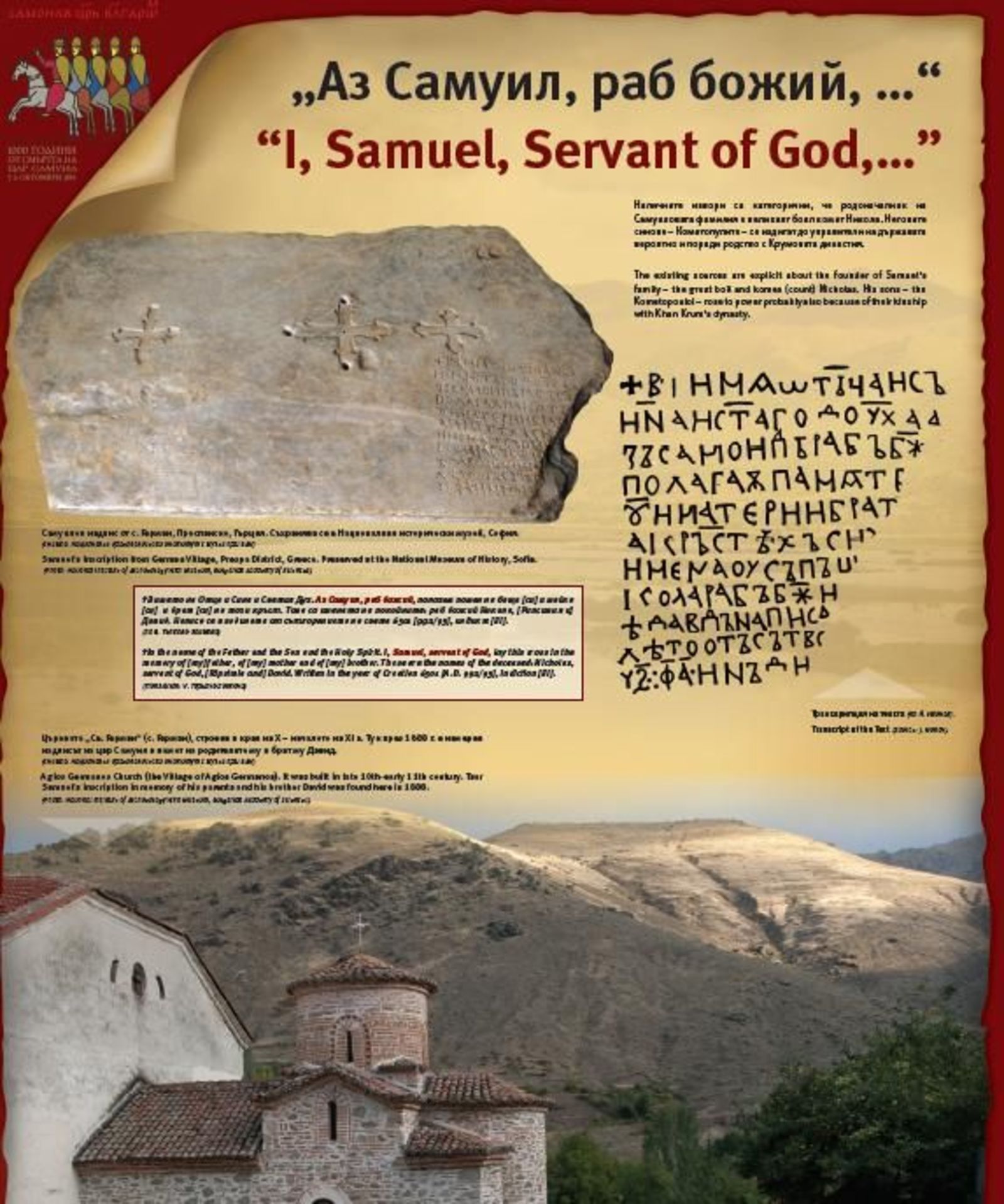“INVINCIBLE IN POWER AND UNSURPASSABLE IN BRAVERY” THE BULGARIAN TSAR SAMUEL († 1014)
The reign of Tsar Samuel (997–1014) coincides with an extraordinary moment in the history of medieval Europe – the complex period at the turn of the first Christian millennium. This period is characterised by deep socio-economic and spiritual transformations, accompanied by apocalyptic anxiety in expectation of the Second Coming in either 1000 or 1033. This is a time of fear and despair, but also of considerable surge of creative energy, thirst for action and innovation. The year 1000 is marked by a specific event with long-term consequences for the Balkan Peninsula. For the first time since the end of Antiquity, the border of the Byzantine West is restored along the Danube River. For Byzantium, this initiates the largest territorial expansion of the Empire on the Balkans under Basil II (976–1025), a remarkable emperor whose reign is emblematic of the dominance of the Byzantine medieval state. His name, as suggested by the sobriquet “the Bulgar-slayer,” is inextricably linked to the fall of the First Bulgarian Kingdom.The successful Byzantine re-conquest of the Lower Danube in 1000–1001 results in the second and final annexation of the Bulgarian power core in the Early Middle Ages. For Bulgaria, the period c. 1000 is not an imaginary end of the world, as expected by the eschatologically sensitive people who lived at the end of the first millennium. Rather, it sets an end to the three century-long political status quo that is broken in 1018 after fifty years of an exhausting and a bloody combat with Byzantium.
Despite losing its unique capital of Great Preslav and its eastern territories twice (first in 971 and again in 1000), the Bulgarian state structures continue to function with the establishment of new centres in the free western territories, which become the base for Bulgarian resistance. In the core of this dramatic Bulgaro-Byzantine epic from the late tenth and early eleventh centuries, stands out the grand figure of Samuel, the youngest of komes (count) Nicholas’ four sons. He receives the Bulgarian crown in 997, after the death of Tsar Romanos, the last direct successor of the dynasty of Khan Krum. Although.
This exhibition is an expression of the reverence modern Bulgaria has for the memory of the great ruler from a thousand years ago.
